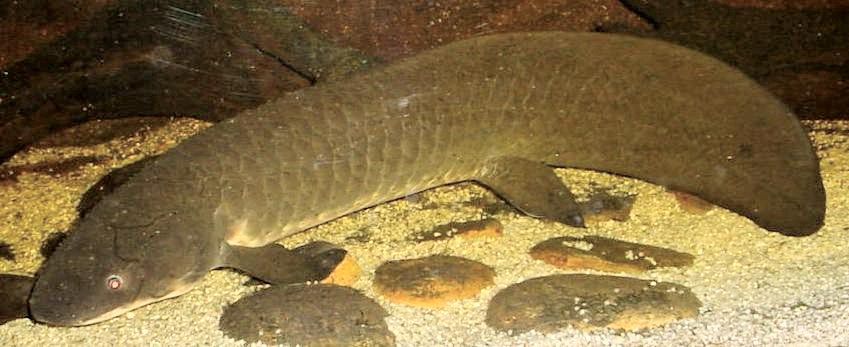-
 Iliac crest
Iliac crest
-
 Stamen
Stamen
-
 Gregorian calendar
Gregorian calendar
-
 Gynaecomastia
Gynaecomastia
-
 Biomass
Biomass
-
 Umbriel
Umbriel
-
 Uterine relaxant
Uterine relaxant
-
 Radon
Radon
-
 Brönsted base
Brönsted base
-
 Fig
Fig
-
 Nucleon
Nucleon
-
 Angiotensin 2 antagonists
Angiotensin 2 antagonists
-
 Chyme
Chyme
-
 Plasma membrane
Plasma membrane
-
 Picosecond
Picosecond
-
 Symplast
Symplast
-
 Potential energy
Potential energy
-
 Swallow-hole
Swallow-hole
-
 Apollo 11
Apollo 11
-
 Dementia
Dementia
-
 Lapilli
Lapilli
-
 Cross site scripting
Cross site scripting
-
 Xenomorph
Xenomorph
-
 SIP
SIP
-
 Birefringence
Birefringence
-
 Chalazion
Chalazion
-
 Wilson Cycle
Wilson Cycle
-
 Mumps virus
Mumps virus
-
 CAIB
CAIB
-
 Vortex line
Vortex line
Lungfish
The term lungfish refers to a group of freshwater fish that have a functional lung in addition to gills (hence its name, which refers to two respiratory systems). These fish are sarcopterygii, characterised by muscular fins, as opposed to most fish found today, which are actinopterygii. They live in shallow water or in swamps and use their lung to breathe on the surface.
The embryonic structure that produces the lung forms the swimming bladder in actinopterygii and lungs in tetrapods, i.e. terrestrial vertebrates, the group to which the lungfish belongs.
Distribution of lungfish
Very widespread in the past (especially during the Devonian and Triassic periods between about 200 million and 400 million years ago, i.e. during the Palaeozoic era, previously known as the primary era), these fish are only represented today by a few species in Africa, South America and Australia.
 The Queensland lungfish (Neoceratodus forsteri) only lives in a few Australian rivers. It is very rare and also the closest living lungfish to the ancestral species of the group known byits fossils. Note the muscular fins used to walk on the bottom. © Tannin/Licence GNU
The Queensland lungfish (Neoceratodus forsteri) only lives in a few Australian rivers. It is very rare and also the closest living lungfish to the ancestral species of the group known byits fossils. Note the muscular fins used to walk on the bottom. © Tannin/Licence GNU
Latest
Fill out my online form.



